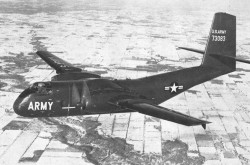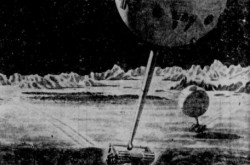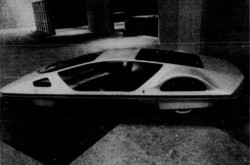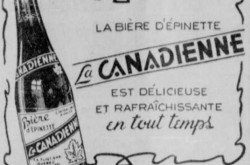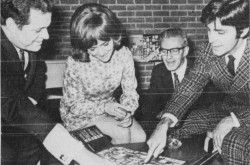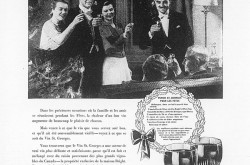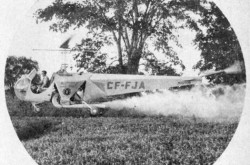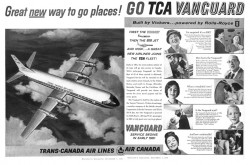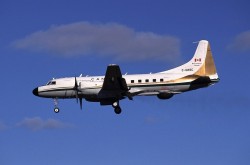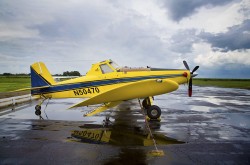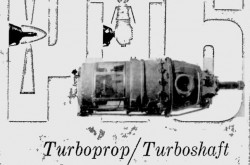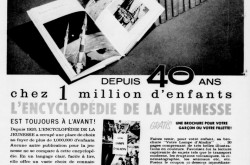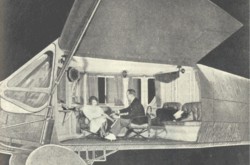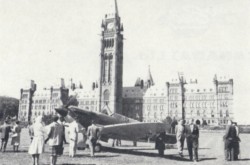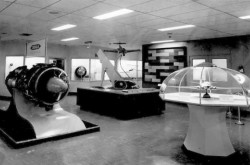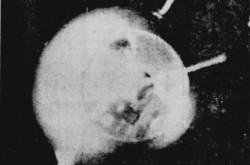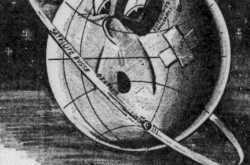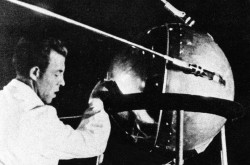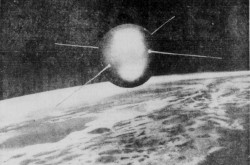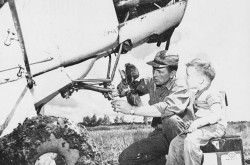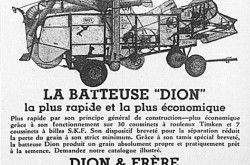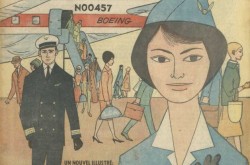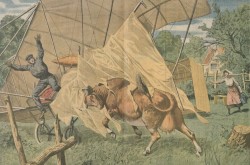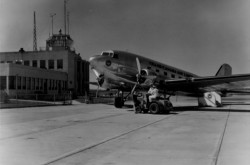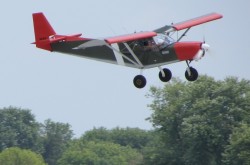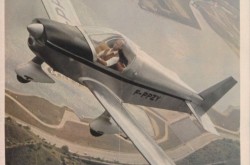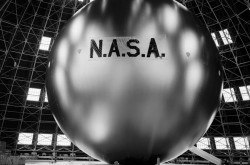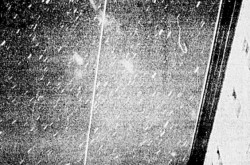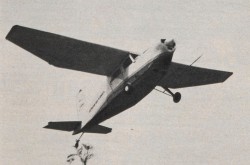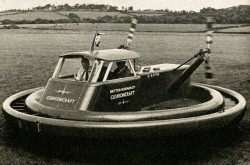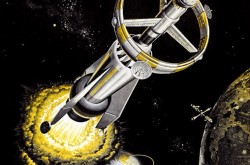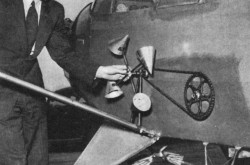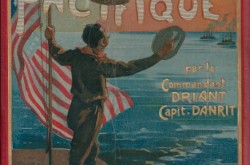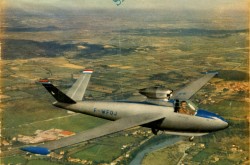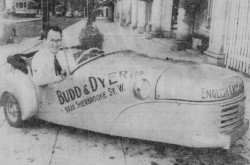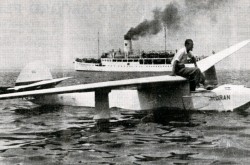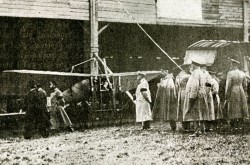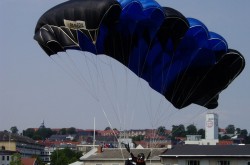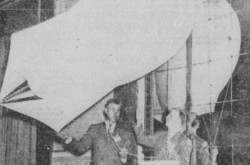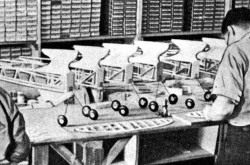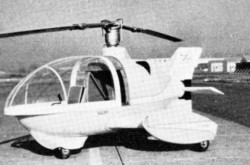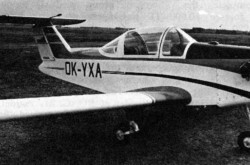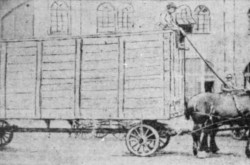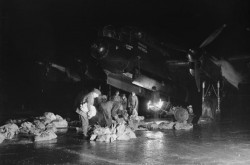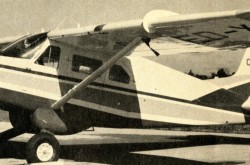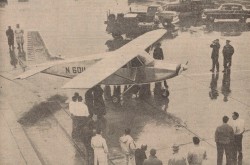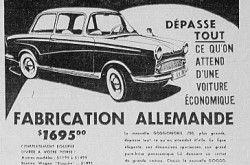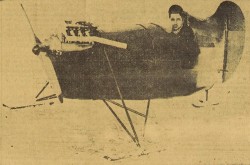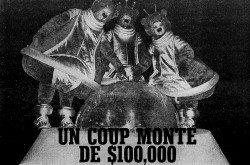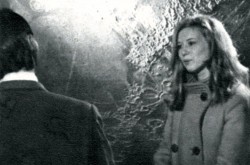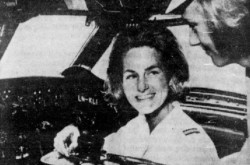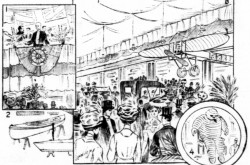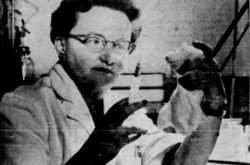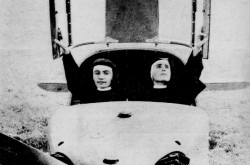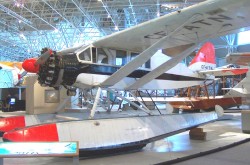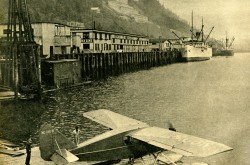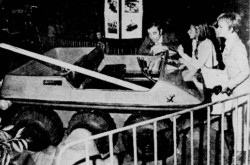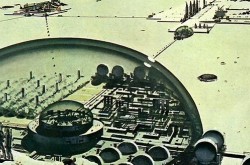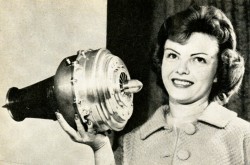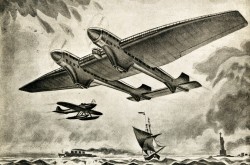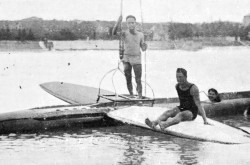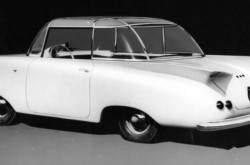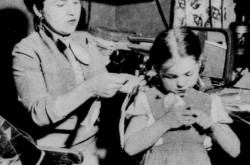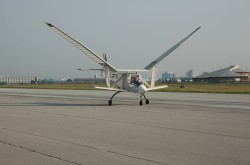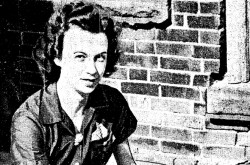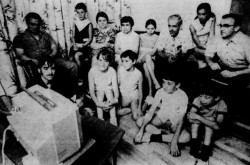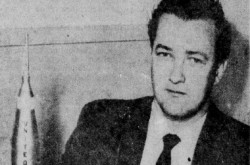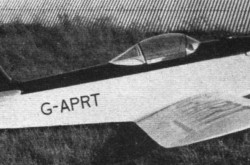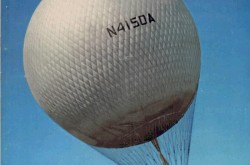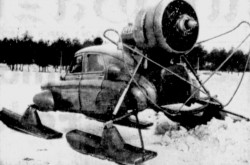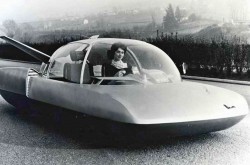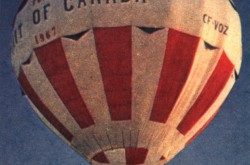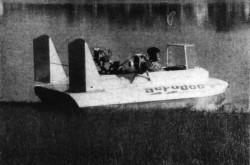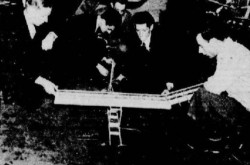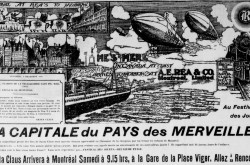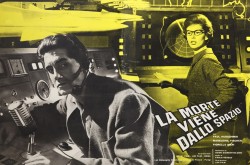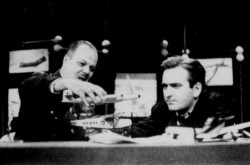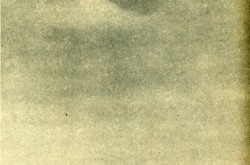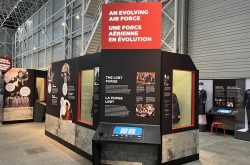The eight lives of a unique flying boxcar, the Canadian Car & Foundry CBY-3 Loadmaster

Hello there, my reading friend. Would it be alright with you, my dear reading friend, if this issue of our blog / bulletin / thingee dealt with an aircraft, rather than a photograph found in a periodical? Our topic would still be anniversarial in nature, of course. Yours truly would never chop off all of your moorings at once.
Our story began in the United States, in around 1919, when an aeronautical engineer born in November 1895, Vincent Justus Burnelli, came up with the idea of shaping the fuselage of an aircraft so that it would produce lift. Rather short, wide and thick, the typical Burnellian fuselage provided ample space for passengers, mail, cargo or combinations thereof. In most cases, 2 engines were mounted at the front of said fuselage, set closely together, while 2 tail booms supported 2 fins and their rudders as well as 1 broad horizontal stabilizer with its elevator. The crew sat between the engines, near the front. In theory at least, this configuration had a lot to offer: accessibility, good passenger visibility, simplicity, toughness, safety in case of accident, etc.
From 1920 or so and until the mid-1960s, Burnelli was involved with and / or formed a number of firms to develop his ideas, namely:
- Airliner Engineering Corporation,
- Remington-Burnelli Aircraft Corporation,
- Garvin-Burnelli Aircraft Corporation,
- Chapman-Burnelli Aircraft Corporation,
- Uppercu-Burnelli Corporation,
- Burnelli Aircraft Corporation,
- Central Aircraft Corporation,
- V.J. Burnelli Airplanes Incorporated,
- Burnelli Avionics Corporation, and
- Burnelli Company.
The various designs put forward by Burnelli did not find favour in the United States – or elsewhere for that matter. Between 1920 and 1943, he supervised more or less directly the construction of 10 aircraft, including a large cargo glider and a reduced scale model thereof. Two additional aircraft were built, 1 in the United Kingdom and 1 in Canada.
This being said (typed?), a Belgian aristocrat put forward the design of a 30-passenger 3-engined Burnelli-type airliner as early as 1922. At the time, Count Pierre Louis de Monge de Franeau worked in cooperation with a small French aircraft manufacturing firm, Buscaylet et Compagnie. De Monge de Franeau supervised the construction of 2 small Burnelli-type twin-engined aircraft in 1924-26. Seemingly built by Avions L. de Monge, these machines may well have been proof of concept prototypes for a much larger machine scheduled to cross the Atlantic during the summer of 1926. As things turned out, the flight was never attempted. Indeed, the transatlantic aircraft was seemingly not even built.
A French shipbuilder, the Société anonyme de travaux Dyle et Bacalan, acquired the production rights for de Monge de Franeau’s Burnellian designs. It completed and tested a twin engined night bomber, in 1926. In 1929, it tested a 28 passenger 3-engined airliner with a forward looking promenade on either side of its central engine. In 1932 and 1934, the Société aérienne bordelaise, a subsidiary of the Société générale aéronautique founded in 1930 as a subsidiary of the Dyle et Bacalan, tested a pair of singularly angular and ugly 4-engined night bombers. None of these machines was put in production.
To this day, yours truly cannot say if de Monge de Franeau developed his Burnellian ideas independently of Burnelli or was directly inspired by what the American engineer was doing, but I digress.
The Canadian flying machine mentioned above is the one I would like to spend the rest of this article pontificating about.
In 1936, Canadian Car & Foundry Company Limited (CCF), the largest maker of railway rolling stock in the country, decided to move into a seemingly promising field, namely aircraft manufacturing. And no, this CCF should not be confused with the Co-operative Commonwealth Federation, the ancestor of today’s not so new New Democratic Party, a social democratic party active on both the federal and provincial levels in Canada. Apologies, I digress.
While it is true that CCF, the firm of course, made a substantial effort to establish itself in the flying business, it is equally true that some of its decisions were a tad odd. A case in point was the acquisition, in late 1936, of the manufacturing rights for, you guessed it, Burnelli aircraft.
In late 1938, CCF indicated its willingness to build the largest Burnelli design developed so far, the three-engined CB-34, which could be built as an airliner or a bomber. The signature, in November, of an order for 40 Hawker Hurricane fighter airplanes, to be delivered to the United Kingdom’s Royal Air Force (RAF), sealed the fate of that project. This may have been a blessing in disguise. Given the limited size of Canada’s commercial aviation market and the equally limited success of Burnelli-type aircraft, CCF’s project had little chance of success.
Indeed, one might argue that many if not most of CCF’s pre-Second World War projects did not meet with success but that’s another story. Indeed again, one has to wonder why CCF became involved in some of the projects it became involved in before the onset of the conflict, but that too is another story.
In 1941, working on its own initiative, CCF began to develop a few transatlantic airliners, including one with a Burnelli-type fuselage, the B-2000. The firm completed their preliminary designs around the beginning of 1942. The B-2000 was deemed superior to its siblings by 2 American consultants. This being said (typed?), CCF did not proceed with its development. The high cost of such a project and the far greater experience of American aircraft manufacturing firms in such matters probably explained this decision. This too may have been a blessing in disguise
In 1943, however, CCF reached an agreement with a Latin American / Salvadoran cargo / bush airline, Transportes Aéreos Centroamericanos Sociedad Anónima (TACA), which provided for the construction of 20 Burnelli-type aircraft that would be flown in Central and South America. Central Aircraft Corporation, the firm Burnelli was involved with at the time, submitted a basic design based on TACA’s requirements and CCF took care of the rest. Work on the prototype of the CBY-3 proceeded slowly, in a factory located in Montréal, Québec, mainly because of the war work CCF was responsible for in its various facilities, namely the production under license of Hurricane fighter airplanes, primarily for the RAF and the Royal Canadian Air Force (RCAF), of Curtiss SBW / SB2C Helldiver dive bombing airplanes for the United States Navy, and of Avro Anson advanced training airplanes for the RCAF.
The CBY-3 flew in mid July 1945. By then, however, TACA was no longer interested. You see, my reading friend, a series of flights conducted in Nicaragua in 1943 with a Burnelli-type aircraft completed in the United States in the mid-1930s had not gone well.
Problems with the design of “The Bitch,” as the CBY-3 was known within CCF’s aeronautical engineering department, prevented it from getting a full Canadian certification.
This was not necessarily the most serious problem confronting the CBY-3, however. Manufactured in great numbers during the Second World War and widely used by the Allied air forces under the designations C-47 Skytrain, C-53 Skytrooper and Dakota, the Douglas DC-3 became the airliner of choice of a great many airlines once the conflict was over. Why was that, you ask, my reading friend whose concerns are commendable? Well, war surplus DC-3 type aircraft were available in large numbers at an unbeatable price.
Why do you think Canada’s national air carrier, government-owned Trans-Canada Air Lines (TCA), today’s privatised Air Canada Incorporated, acquired 30 or so DC-3s from 1945 onward? Indeed, did you know that TCA’s first DC-3 now belongs to the incomparable Canada Aviation and Space Museum, in Ottawa, Ontario?
By the way, have you heard of the Lisunov PS-84 / Li-2 and the Nakajima / Shōwa L2D? These aircraft were / are license made versions of the DC-3 produced in the Union of Soviet Socialist Republics (close to 4 950) and Japan (close to 500) between 1939 and 1954 and 1945 respectively, but I digress.
For some reason or other, development of the CBY-3 was given to a specially formed CCF subsidiary in February 1947. In late 1948, Cancargo Aircraft Manufacturing Company Limited moved in hangars at Montreal (Dorval) Airport, today’s Montreal Pierre Elliott Trudeau International Airport, which had been used by British Overseas Airways Corporation, a firm owned by the British government, during the Second World War.
A freight transport trial in Québec in March 1947, with Canadian Pacific Airlines Limited, went reasonably well but Cancargo decided to call it quits in 1951. The Loadmaster, as the aircraft was commonly called, was delivered to Burnelli’s firm, the aforementioned Central Aircraft, that very year. In December 1951, an American firm in which Burnelli seemingly had no involvement, Air Lifts Incorporated, acquired the aircraft and its production rights, and changed its name to Ballard Aircraft Corporation.
In 1953, a well-known American aircraft manufacturing firm, Fairchild Engine and Airplane Corporation, considered the possibility of producing the Loadmaster but decided not to proceed with this project.
In 1955, the American Polar Basin Expedition chartered the Loadmaster and 1 or 2 additional aircraft to support its journey to the Arctic and the North Pole. This privately funded expedition had among its goals an examination of whether or not United States Air Force aircraft could operate from the icecap near the North Pole, or whether or not semi-permanent observations stations could be set up there. As a matter of course, it also planned to take countless measurements in the water and the air.
Expedition leader John Frederick Stanwell-Fletcher, a British author, explorer and naturalist who had spent many years in Canada before moving to the United States and, eventually, becoming an American citizen (1955?), wanted to test a device of his own invention which could measure the thickness of the icecap from the comfort of an aircraft in flight.
Interestingly, at least for yours truly, Stanwell-Fletcher was seemingly involved in the development of a highly innovative concept, the airborne lifeboat, possibly the American-designed Higgins A-1 deployed by United States Army Air Forces aircraft from 1944 onward.
Airborne lifeboats were powered lifeboats specifically designed to be dropped by large aircraft to rescue airmen whose aircraft had crashed / landed in mid ocean. Fitted with parachutes to slow their descent, these lifeboats carried clothing, food and water, not to mention gasoline and a seat of sails, if the wind was good. Put in service for the first time in 1943, by the aforementioned RAF, airborne lifeboats were taken out of service in the 1950s, I think, as more and more rescue helicopters went into service.
Interestingly, one of the sponsors of the American Polar Basin Expedition was Charles Pfizer & Company Incorporated, today’s Pfizer Incorporated. The microbiologists of this firm, at the time the world’s largest producer of antibiotics, wanted to obtain northern / arctic soil samples to see if they contained microorganisms which produced as yet unknown antibiotics which could be turned into profitable products.
One of the members of the expedition, the film production chief in fact, among other things, was Stanwell-Fletcher’s spouse – the first female member of a polar expedition. Peggy Keenan Stanwell-Fletcher was quite the character. This American professional pianist and owner of a flooring firm allegedly put aside her performing career because she felt there was no way she could compete with an increasingly popular Władziu Valentino Liberace. Keenan Stanwell-Fletcher founded a mining company, Northwest Defense Minerals Incorporated, around 1956, thus becoming one of the first female executives in this mucho macho industry.
Keenan Stanwell-Fletcher hoped that the American Polar Basin Expedition would lead to great things. She was planning to write a book and shoot footage which would be turned into a colour documentary. While at the North Pole, Keenan Stanwell-Fletcher even planned to take part in a fashion photo shoot, leaning against a 4.5 metre (15 feet) aluminium pole painted red and white, like a ginormous candy cane, which would accompany the expedition all the way to the top of the world.
Even though the American Polar Basin Expedition made it all the way to Chesterfield Inlet, Northwest Territories, today’s Igluligaarjuk / Chesterfield Inlet, Nunavut, on the western shore of Hudson Bay, it was not able to go much further. A fuel shortage caused by Canadian and American defence activities up north prevented the team from reaching the pole.
Stanwell-Fletcher and his spouse planned a second expedition in late 1956 but the project may have fallen through in early 1957, before it even left the United States, but back to our story.
Would you like to see the CBY-3 as well as Keenan Stanwell-Fletcher and her spouse? Your wish is my command. I can only hope that the link works.
The Loadmaster briefly flew in Venezuela in 1957, with Rutas Aéreas Nacionales Sociedad Anónima, under lease, but this trial did not prove satisfactory. By mid-1959, Ballard Aircraft was still promoting the aircraft. It even proposed larger versions, including one fitted with turboprop engines. There were no takers.
Last flown in late 1959, the Loadmaster was simply put aside. Burnelli’s spouse lost control of the aircraft at some point after the death of her husband, in June 1964, at age 68. Hazel Mary Goodwin Burnelli left this Earth in May 1983. She was 79 years old.
The New England Air Museum of Windsor Locks, Connecticut, graciously stepped in take over the Loadmaster. By then, the aircraft may, I repeat may, have been an engineless derelict.
The Loadmaster, the last Burnelli-type aircraft built, is the also the only Burnelli-type aircraft left on this Earth.
Take care of yourself, my reading friend, for winter is coming. I hope.
P.S. After 8 years spent in the museum's restoration shop, the Loadmaster went on display in November 2020.


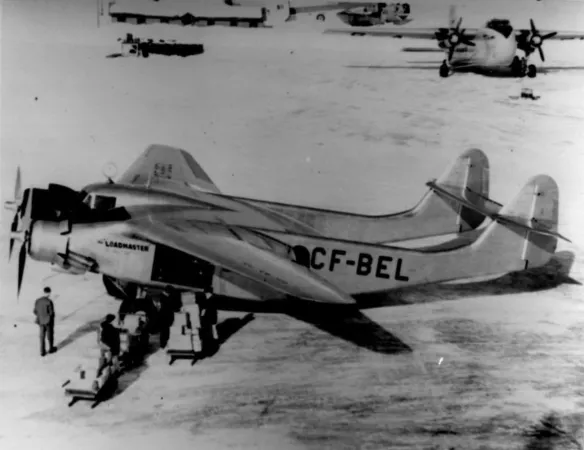












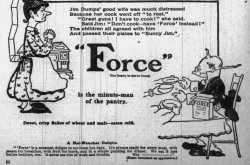
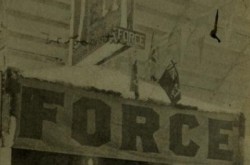
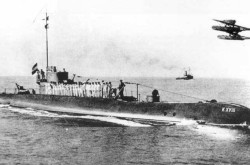
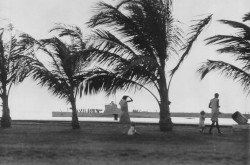
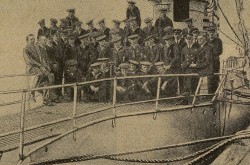
![A block of photographs showing some of the people involved in the bombing of beluga whales in the estuary and gulf of the St. Lawrence River. Anon., “La chasse aux marsouins [sic]. » Le Devoir, 15 August 1929, 6.](/sites/default/files/styles/thumbnail_7/public/2024-09/Le%20Devoir%2015%20aout%201929%20page%206.jpg?h=584f1d27&itok=TppdLItg)
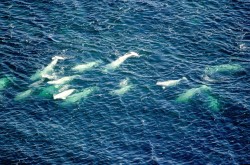
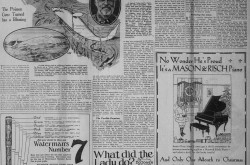
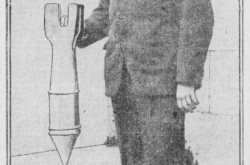
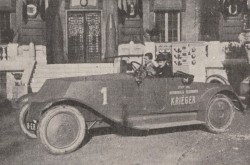
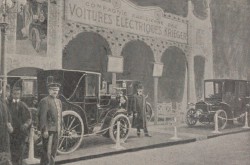
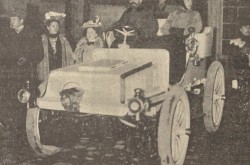
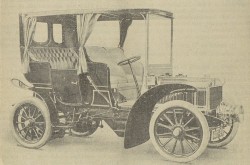


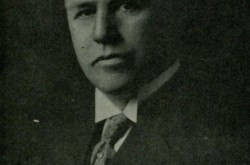
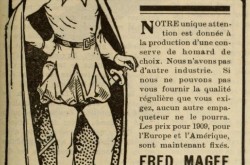
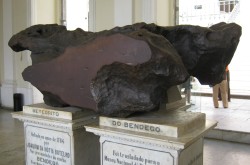
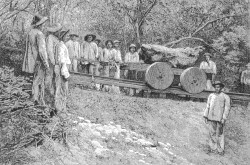
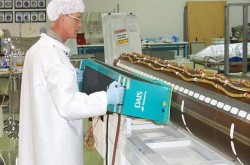
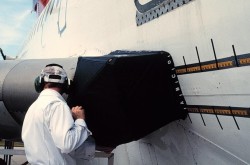
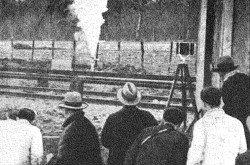
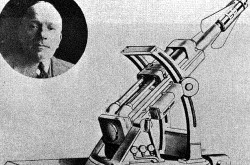
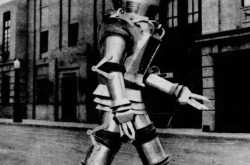

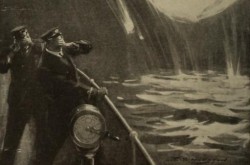
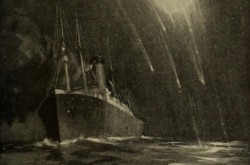
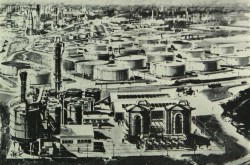
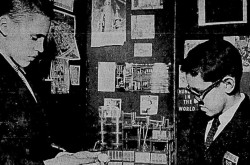
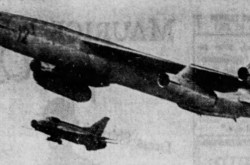
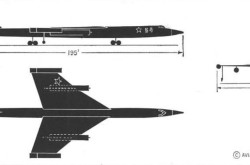
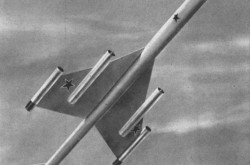
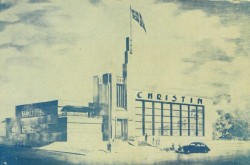
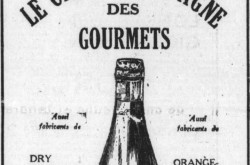
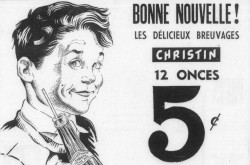
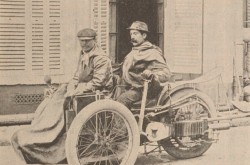
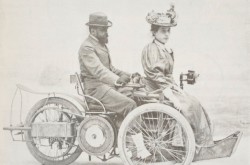
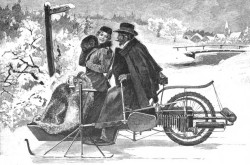
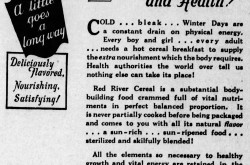
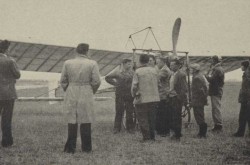
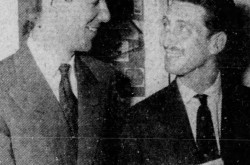
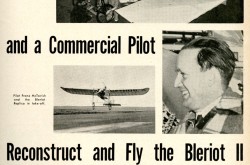
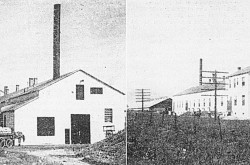
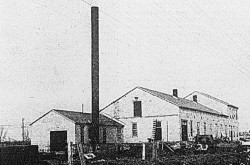
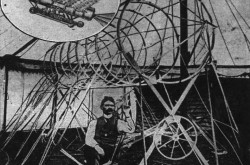
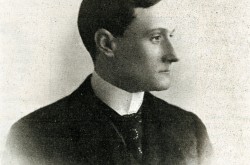
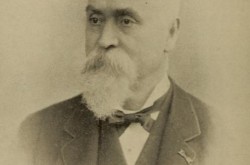
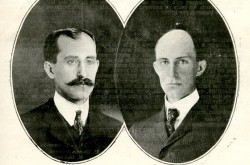
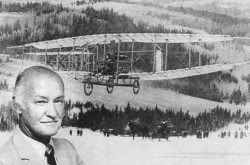
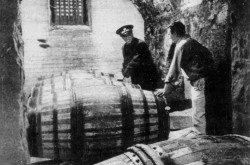
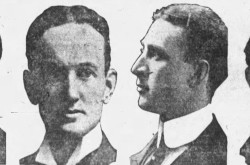
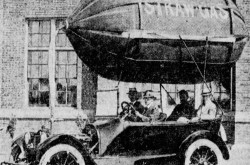
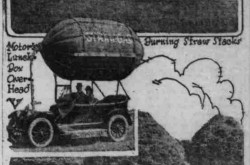
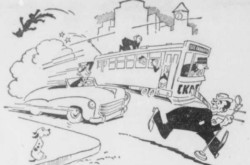
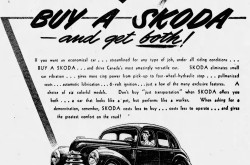
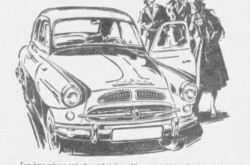
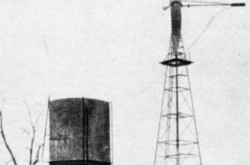
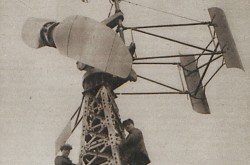
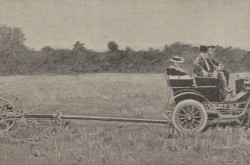
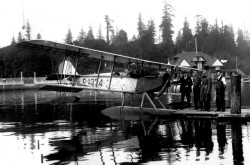
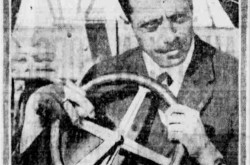
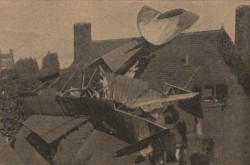
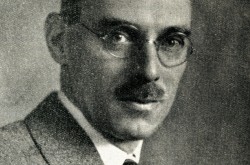
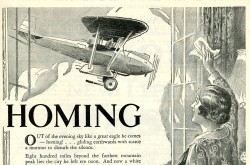
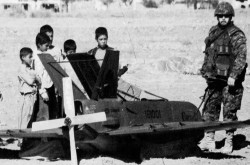
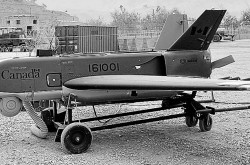
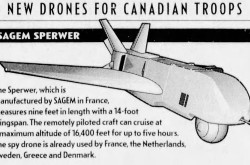
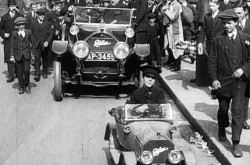

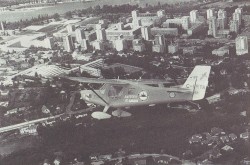
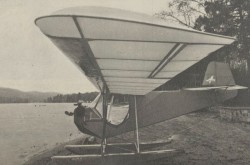
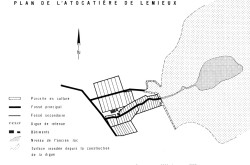
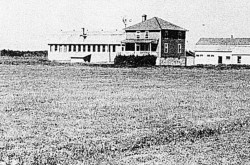
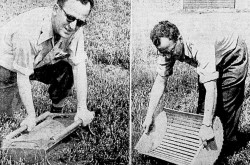

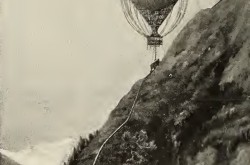
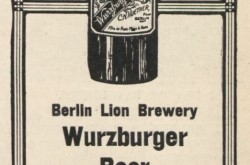
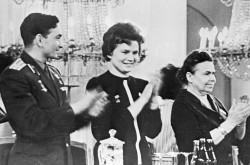
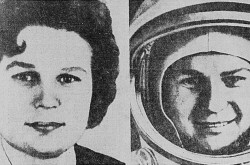
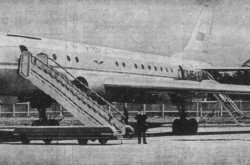
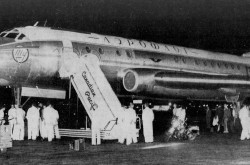
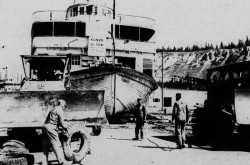
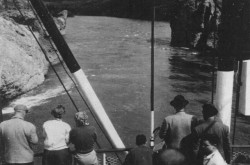
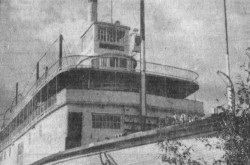
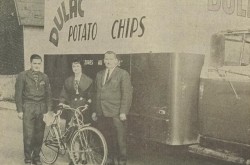
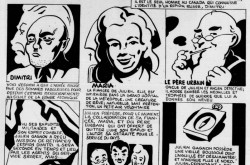
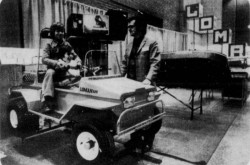
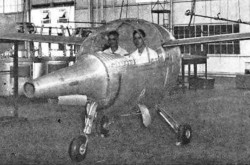
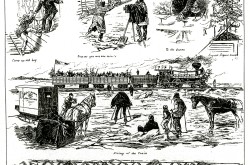
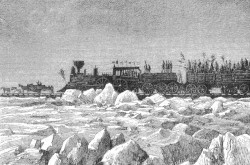
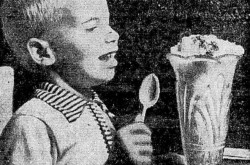
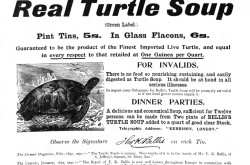
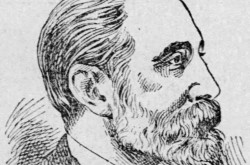
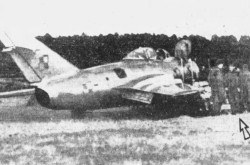
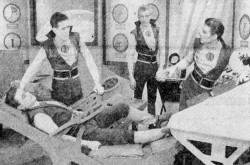
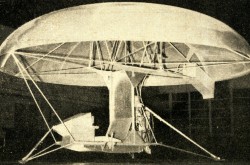
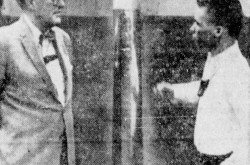
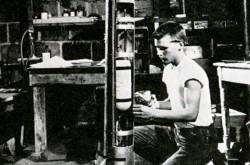
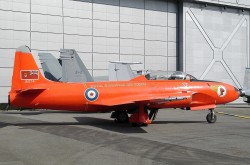
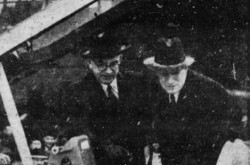
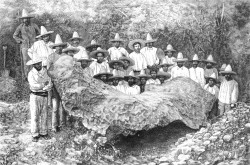
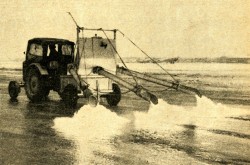
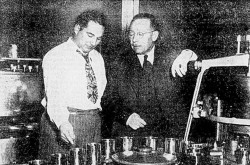
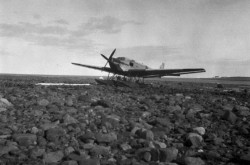
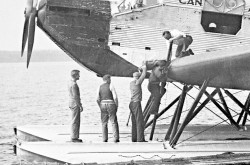
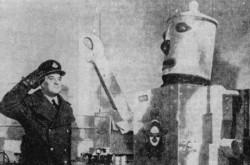
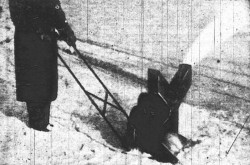
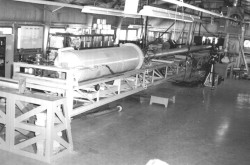
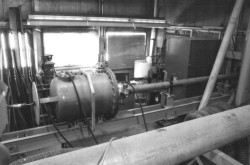
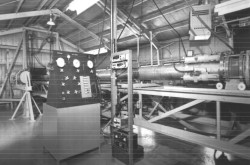
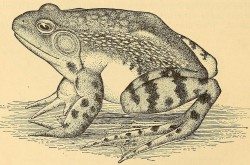
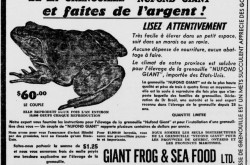
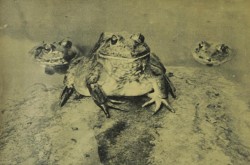
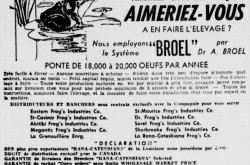
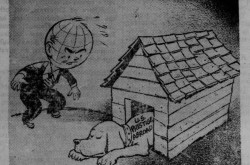
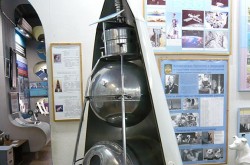
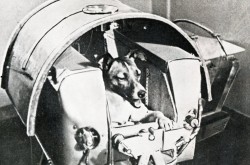
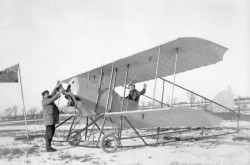
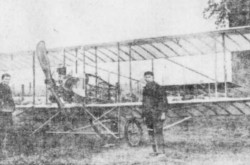
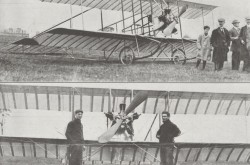
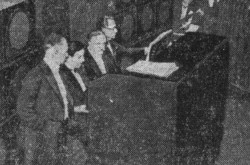

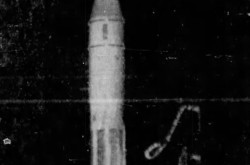
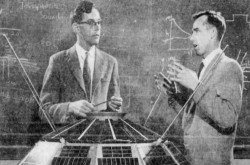
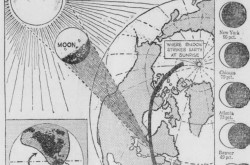
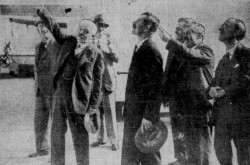
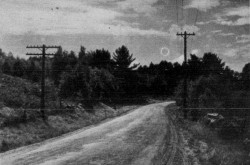

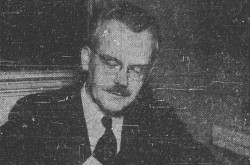
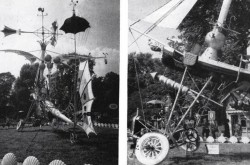
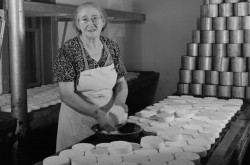
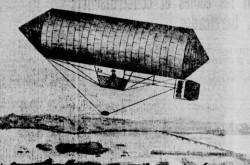
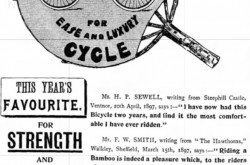
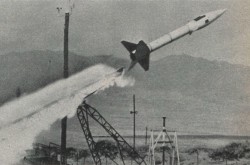
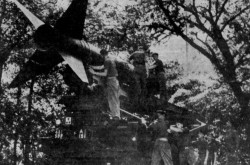
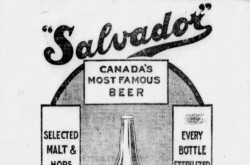
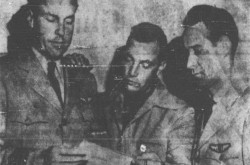
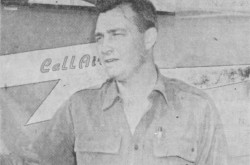
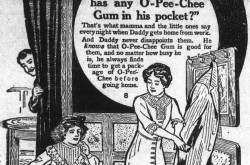
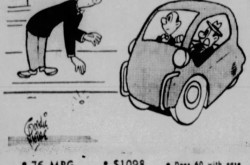
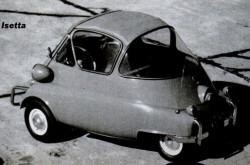
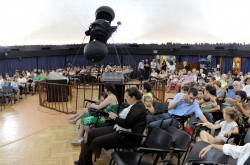
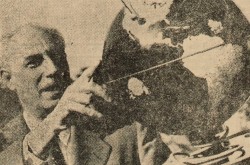
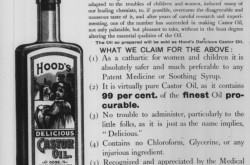
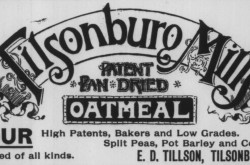
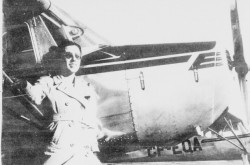
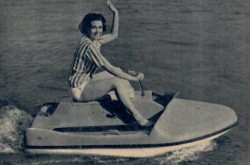

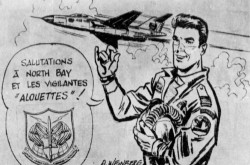
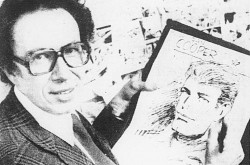
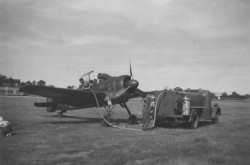
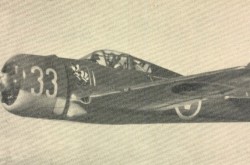
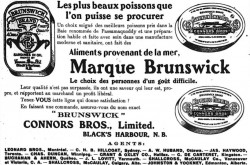
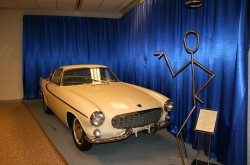
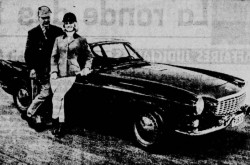
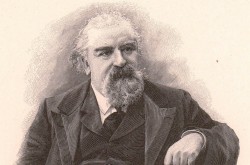
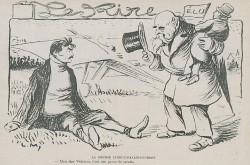
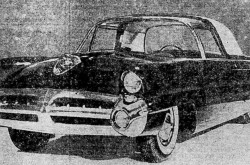
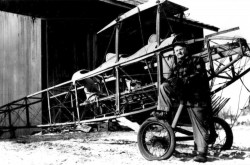
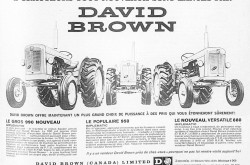
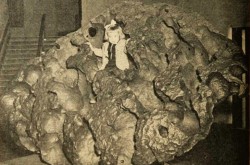
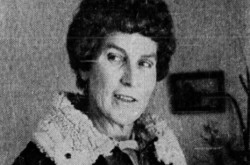
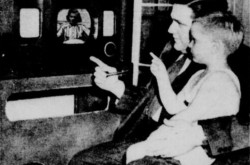
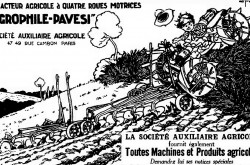
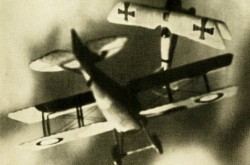
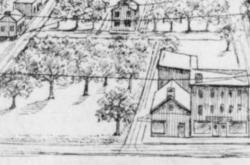
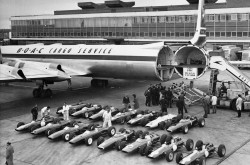
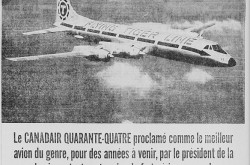
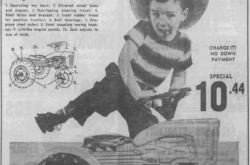
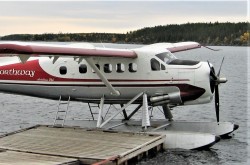
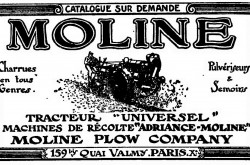
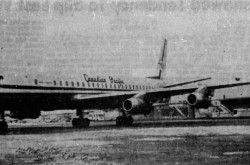
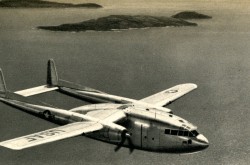
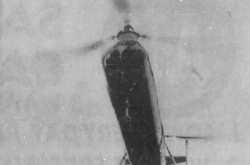
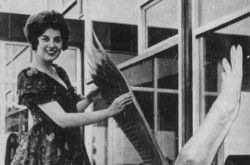
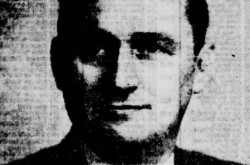
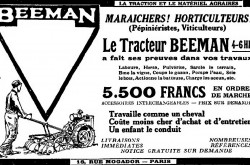
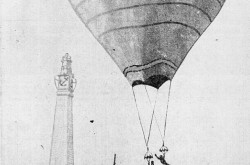
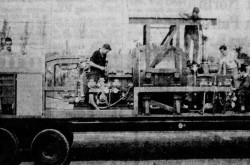
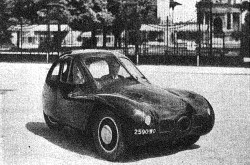
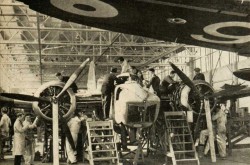
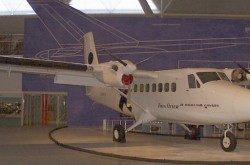
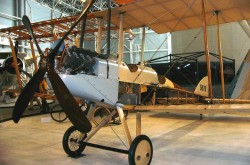
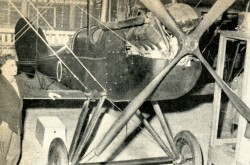
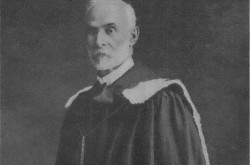
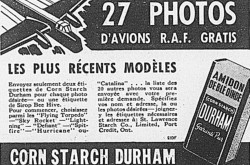
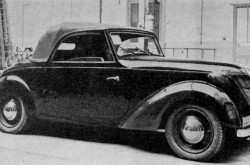
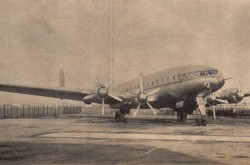
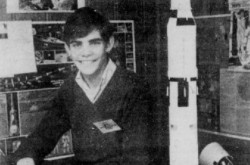
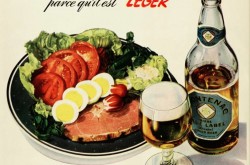
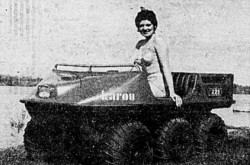

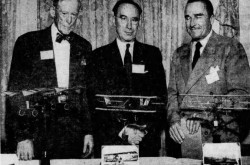
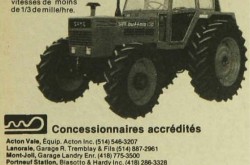
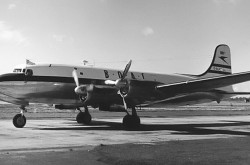
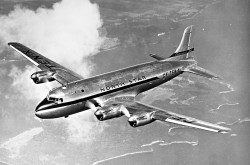
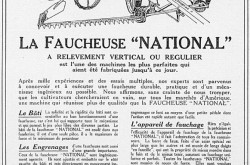
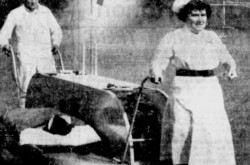
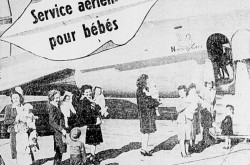
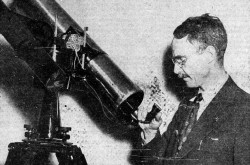
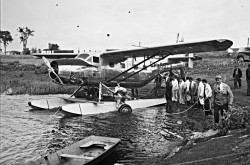
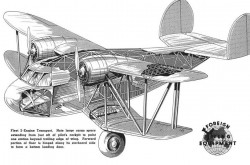
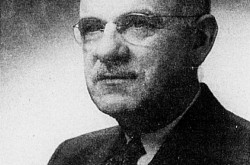
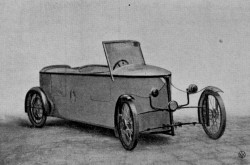
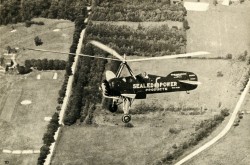
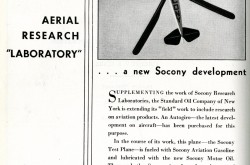
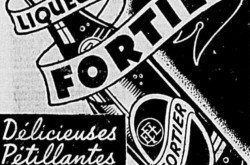
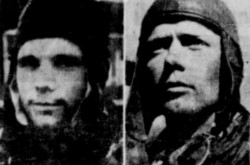
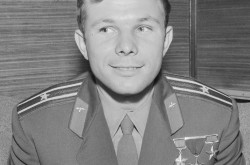
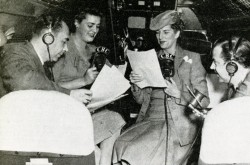
![Peter Müller at the controls [sic] of the Pedroplan, Berlin, Germany, March 1931. Anon., “Cologne contre Marseille – Le mystère du ‘Pédroplan.’ [sic]” Les Ailes, 2 April 1931, 14.](/sites/default/files/styles/thumbnail_7/public/2021-04/Les%20Ailes%202%20avril%201931%20version%20big.jpg?h=eafd0ed4&itok=WnBZ5gMf)
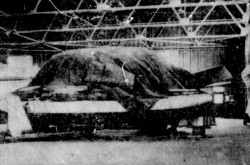
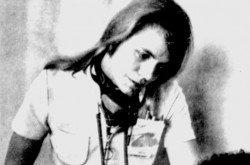
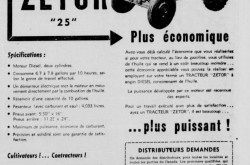
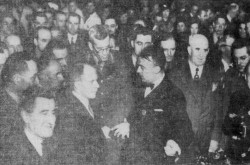
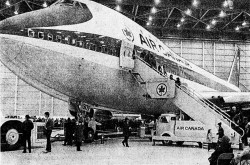
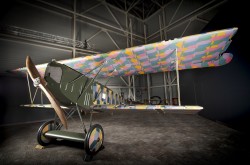
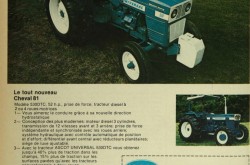
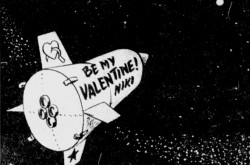
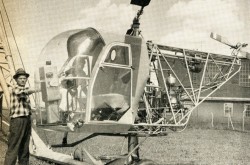
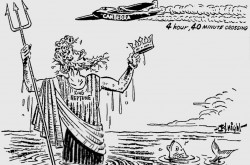
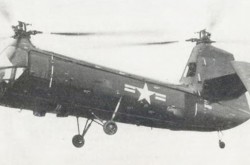
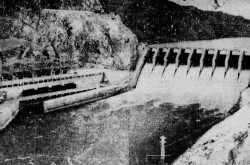
![One of the first de Havilland Canada Chipmunk imported to the United Kingdom. Anon., “De Havilland [Canada] DHC-1 ‘Chipmunk.’” Aviation Magazine, 1 January 1951, cover.](/sites/default/files/styles/thumbnail_7/public/2021-01/Aviation%20magazine%201er%20janvier%201951%20version%202.jpg?h=2f876e0f&itok=DM4JHe5C)
